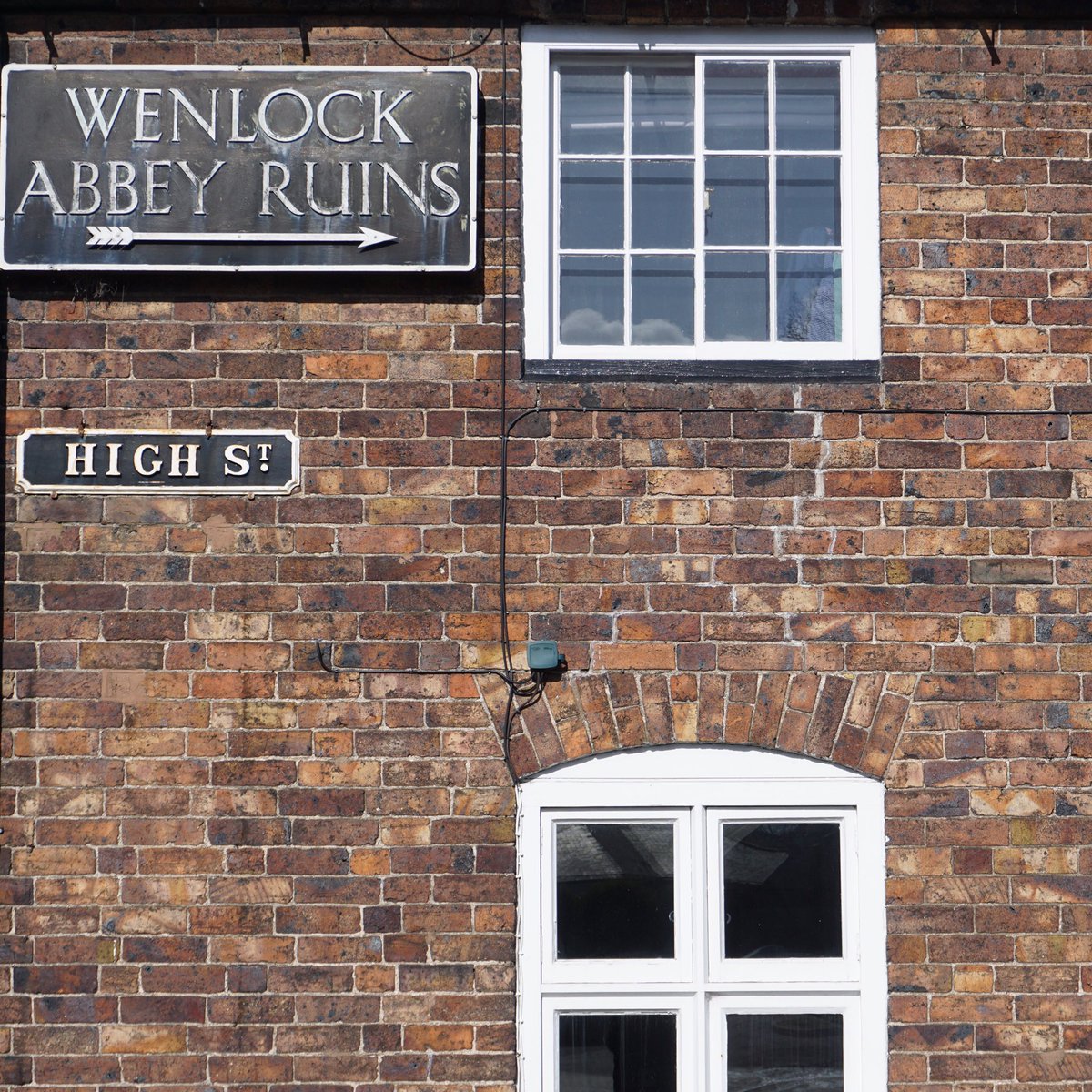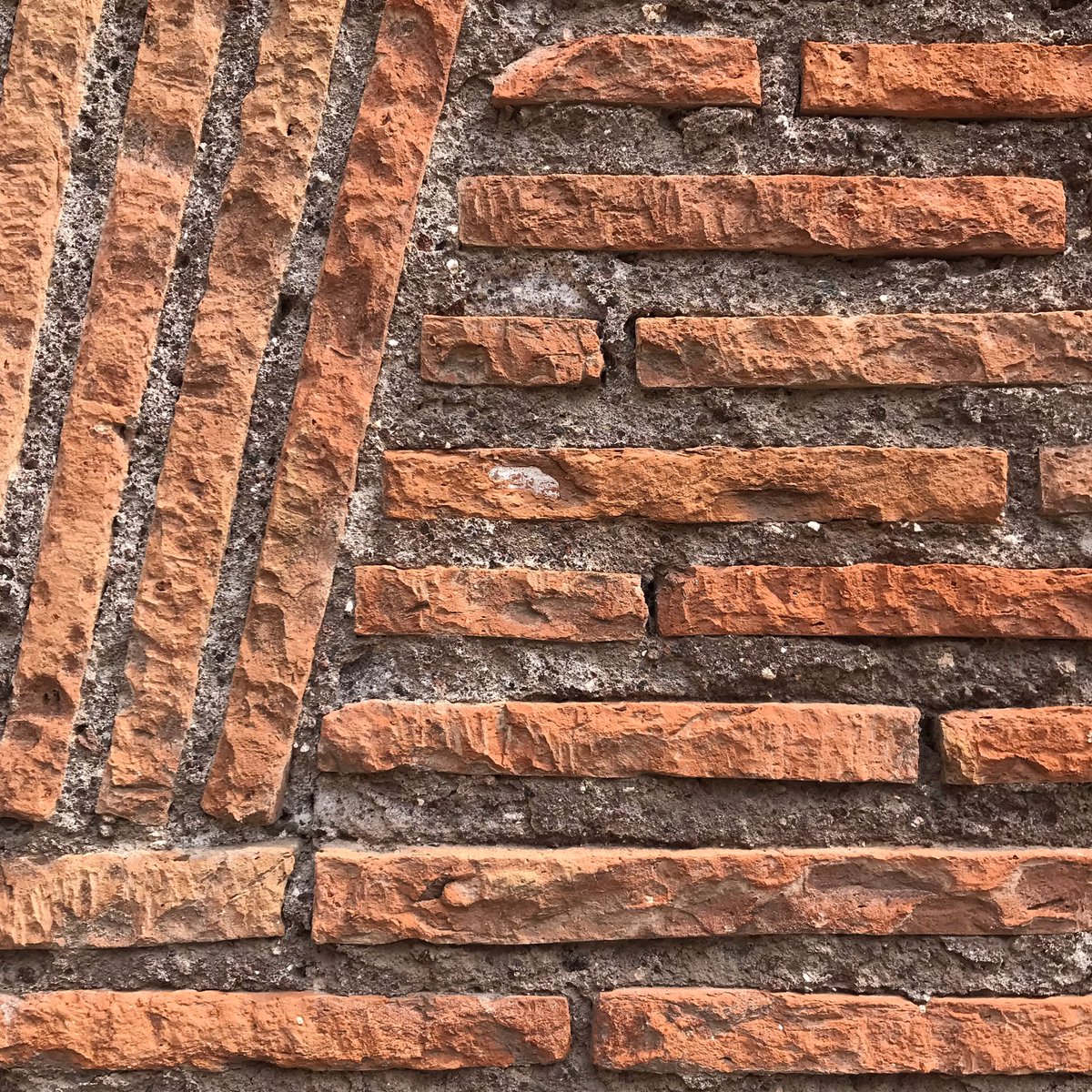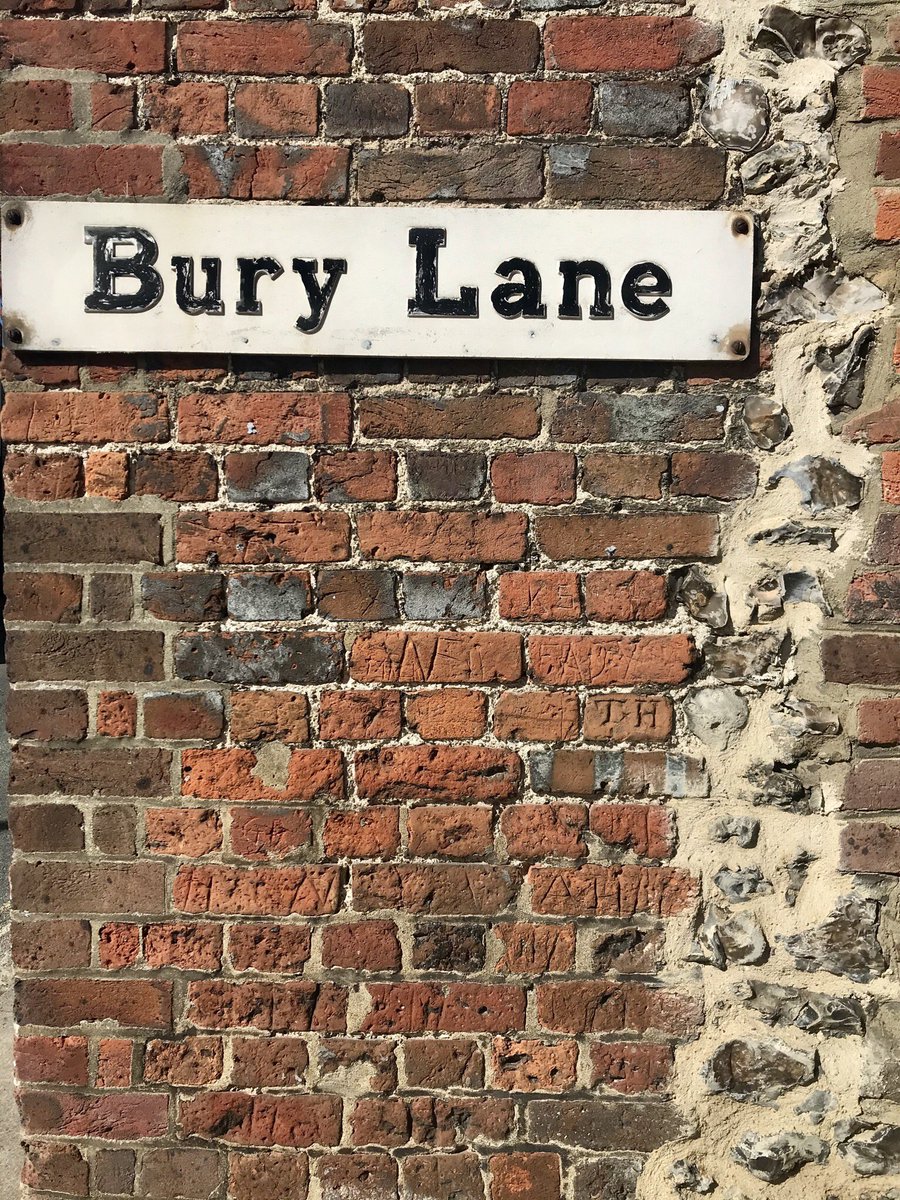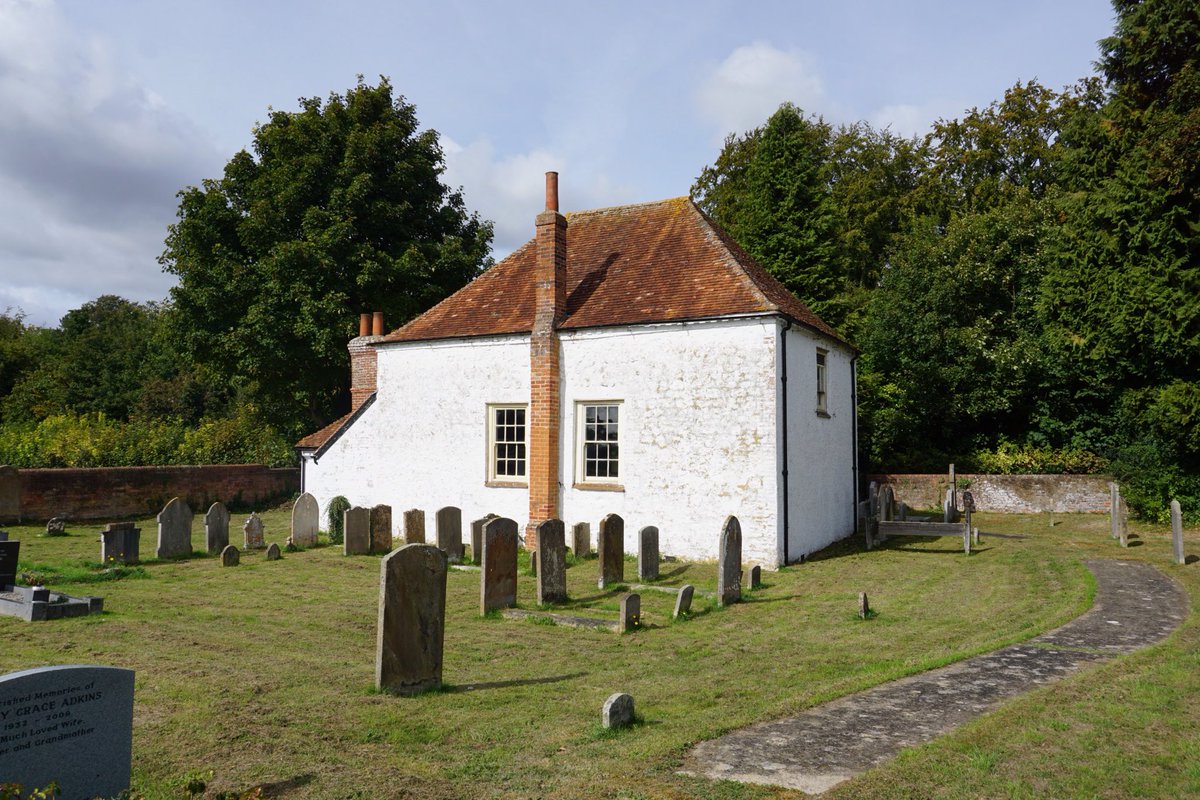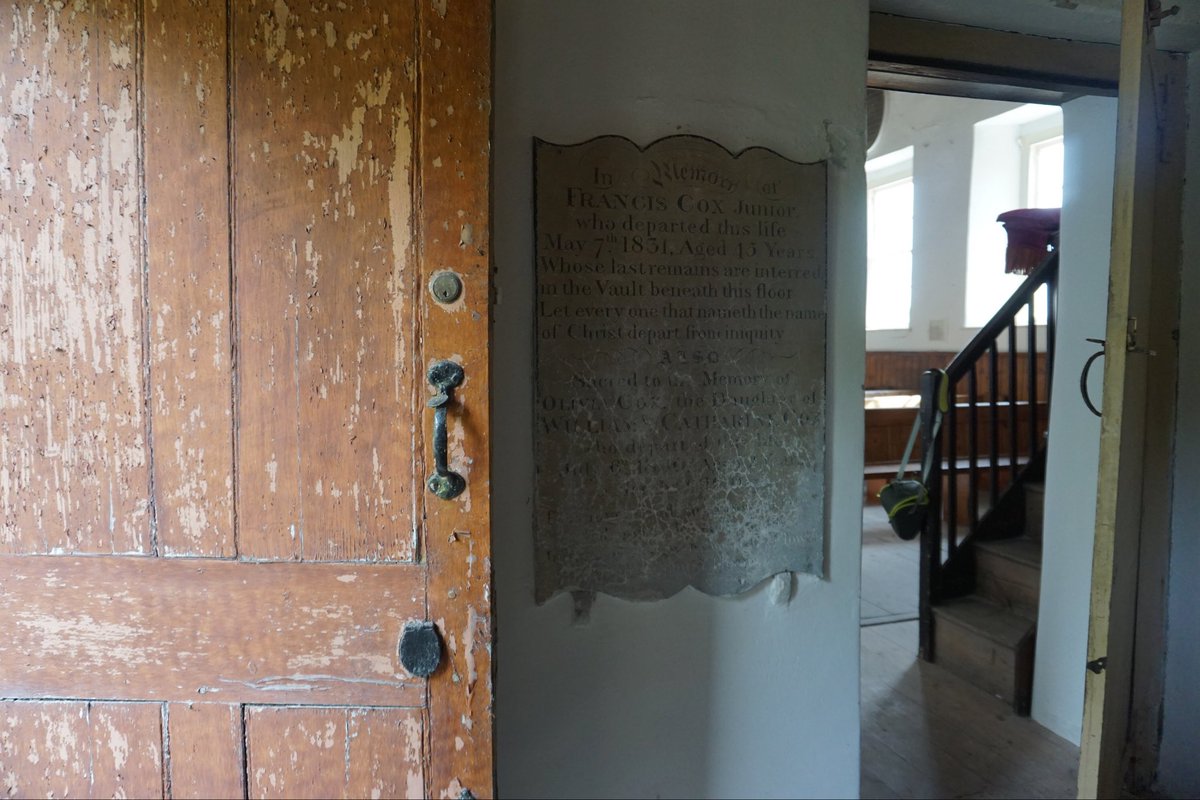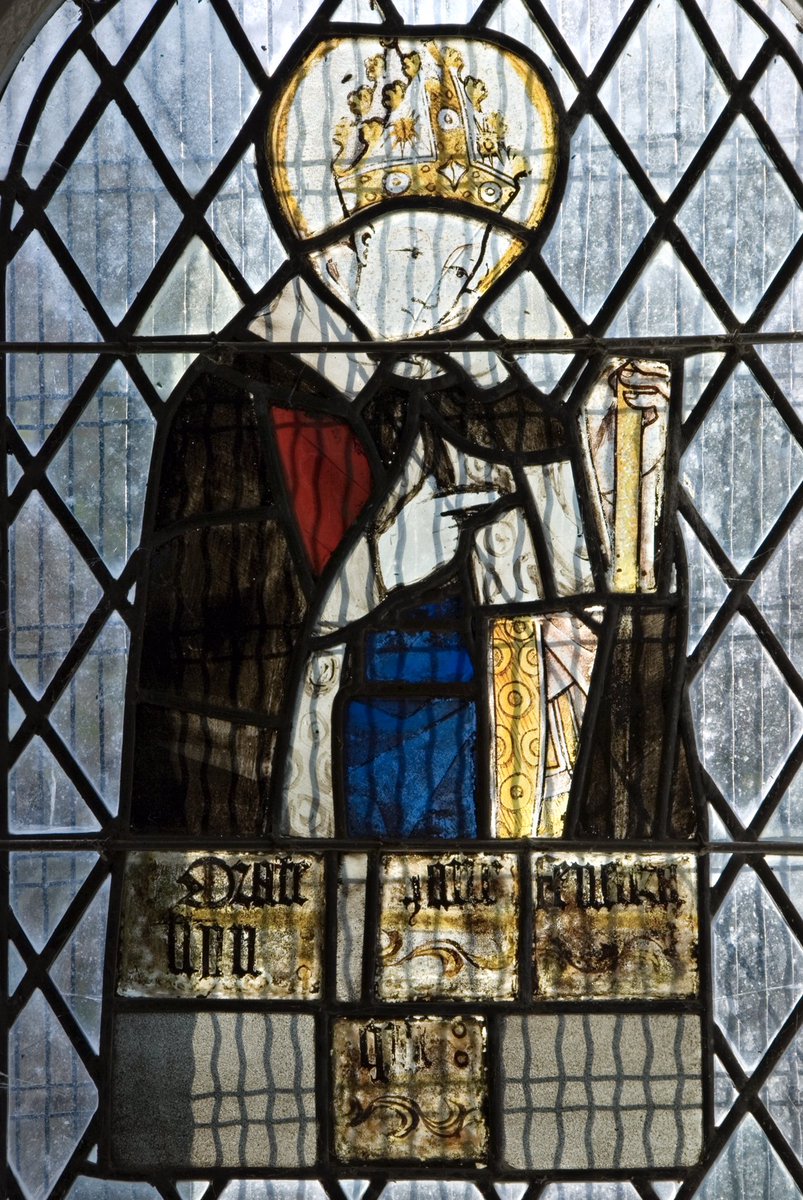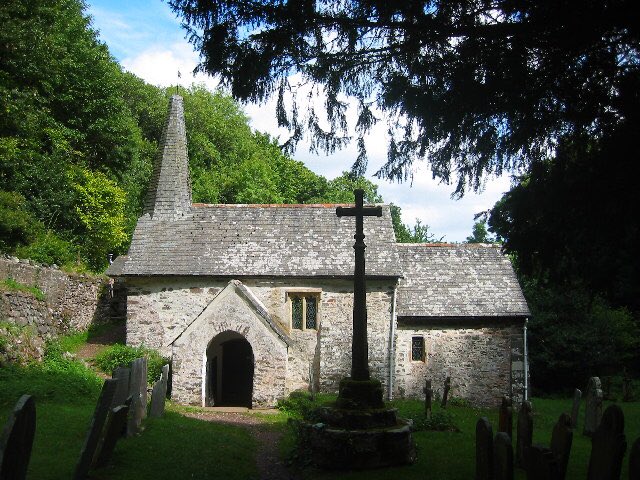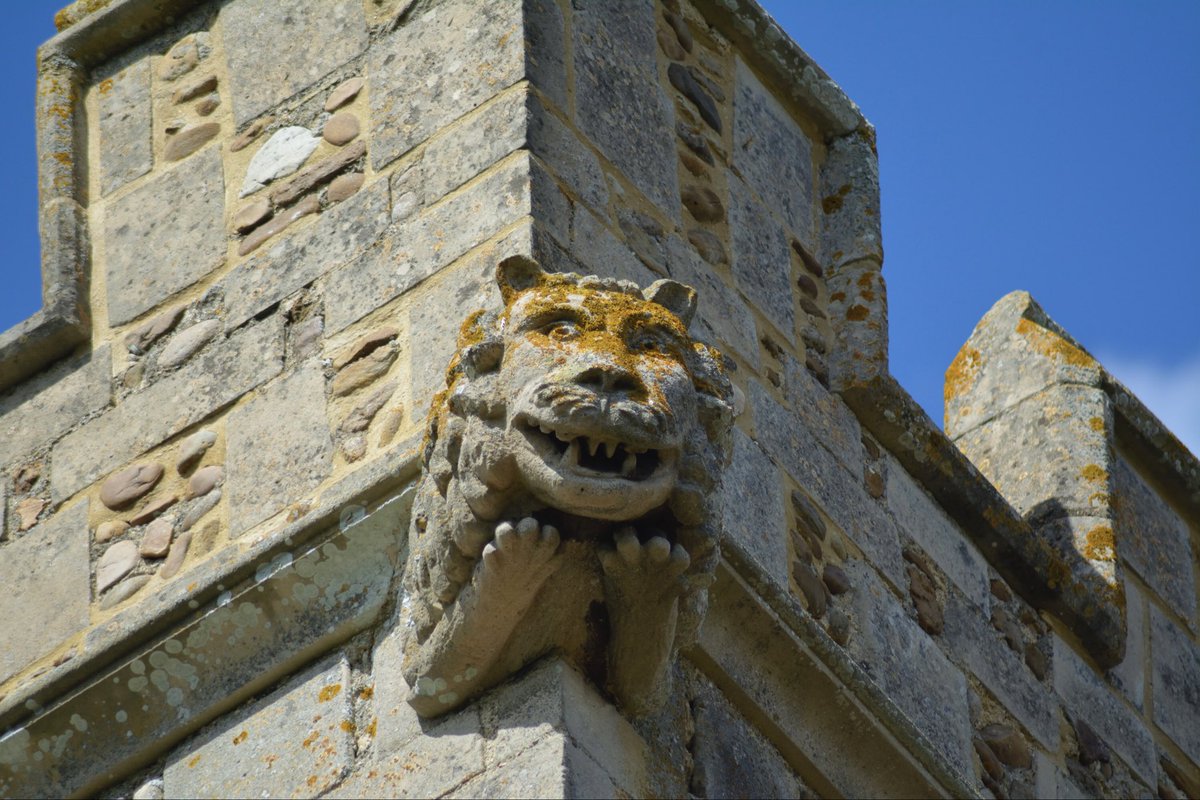
Suspended in space.
A glimpse of work in progress of our new stained-glass windows at St Peter’s, Wickham Bishops, Essex. Artist, Ben Finn, is crafting four new windows to replace the polycarbonate sheeting that was put in as temporary glazing when we rescued the church.
#thread
A glimpse of work in progress of our new stained-glass windows at St Peter’s, Wickham Bishops, Essex. Artist, Ben Finn, is crafting four new windows to replace the polycarbonate sheeting that was put in as temporary glazing when we rescued the church.
#thread

You see, in 1850, St Peter’s, found itself on the wrong side of the tracks.
Literally.
2/
Literally.
2/
With the arrival of the railway, the village migrated eastward and a new church was built there.
The old church fell into disuse and neglect, and victim to vandalism. Out of sight, the church spiralled into decay. The threat of demolition loomed. It seemed like a lost cause.
3/
The old church fell into disuse and neglect, and victim to vandalism. Out of sight, the church spiralled into decay. The threat of demolition loomed. It seemed like a lost cause.
3/

As you can see from the black and white image, the windows had been smashed and stripped. As we gradually nursed this church back to life, we put in polycarbonate sheeting as a form of temporary glazing.
4/
4/
Stained-glass artist Ben Finn has used the church nave as his studio since the 1990s. In 2013, Ben installed a new east window. It depicts Jacob sleeping the ground with a rock for a pillow; here, he dreams of a ladder, connecting earth to heaven, and full of angels.
5/
5/

A few years ago, we commissioned four new windows from Ben Finn. They’ll depict St Helena, St Cedd, St Peter, and St Mary.
6/
6/

St Helena, finder of the True Cross, will stand, holding the cross in her right hand. St Cedd, a 7th-century monk that was sent from Northumbria to East Anglia, will be shown holding the model of a church, indicative of his role as church-founder.
7/

7/


The work is nearing completion and we hope the windows will be complete by the summer.
Looking forward to sharing them with ye!
8/

Looking forward to sharing them with ye!
8/
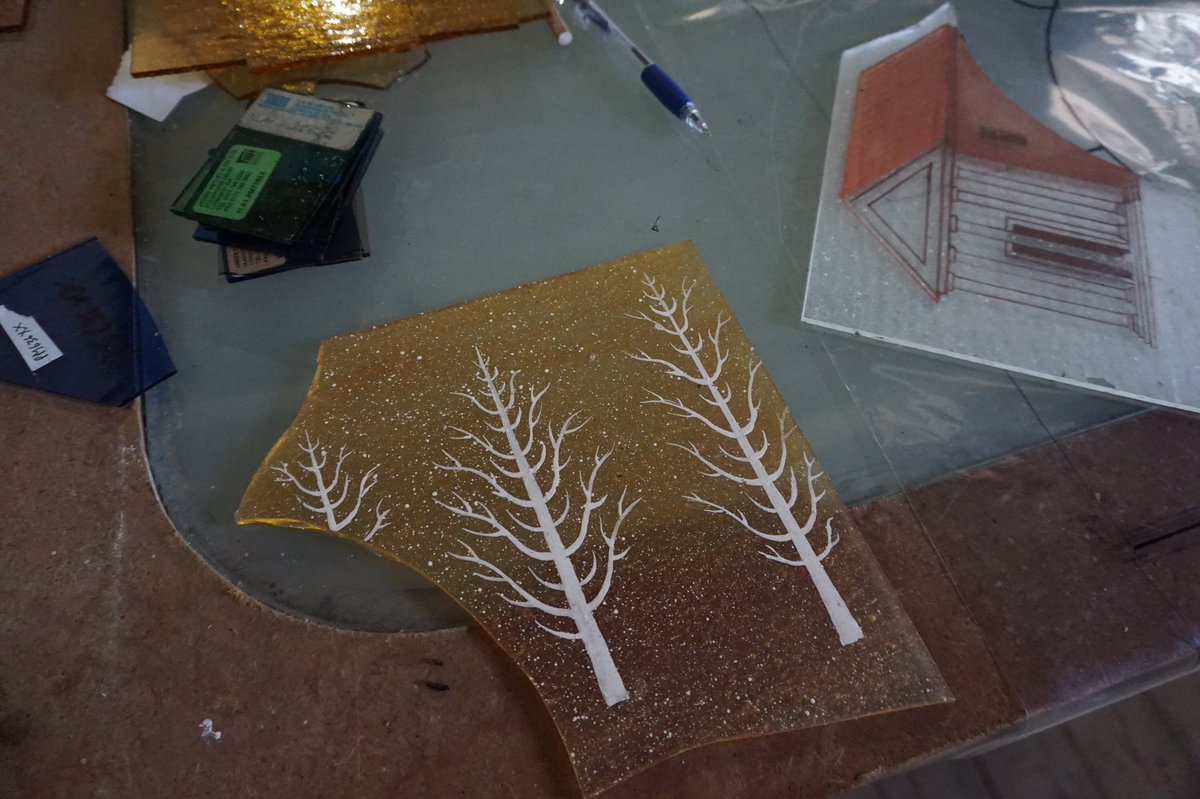

• • •
Missing some Tweet in this thread? You can try to
force a refresh

